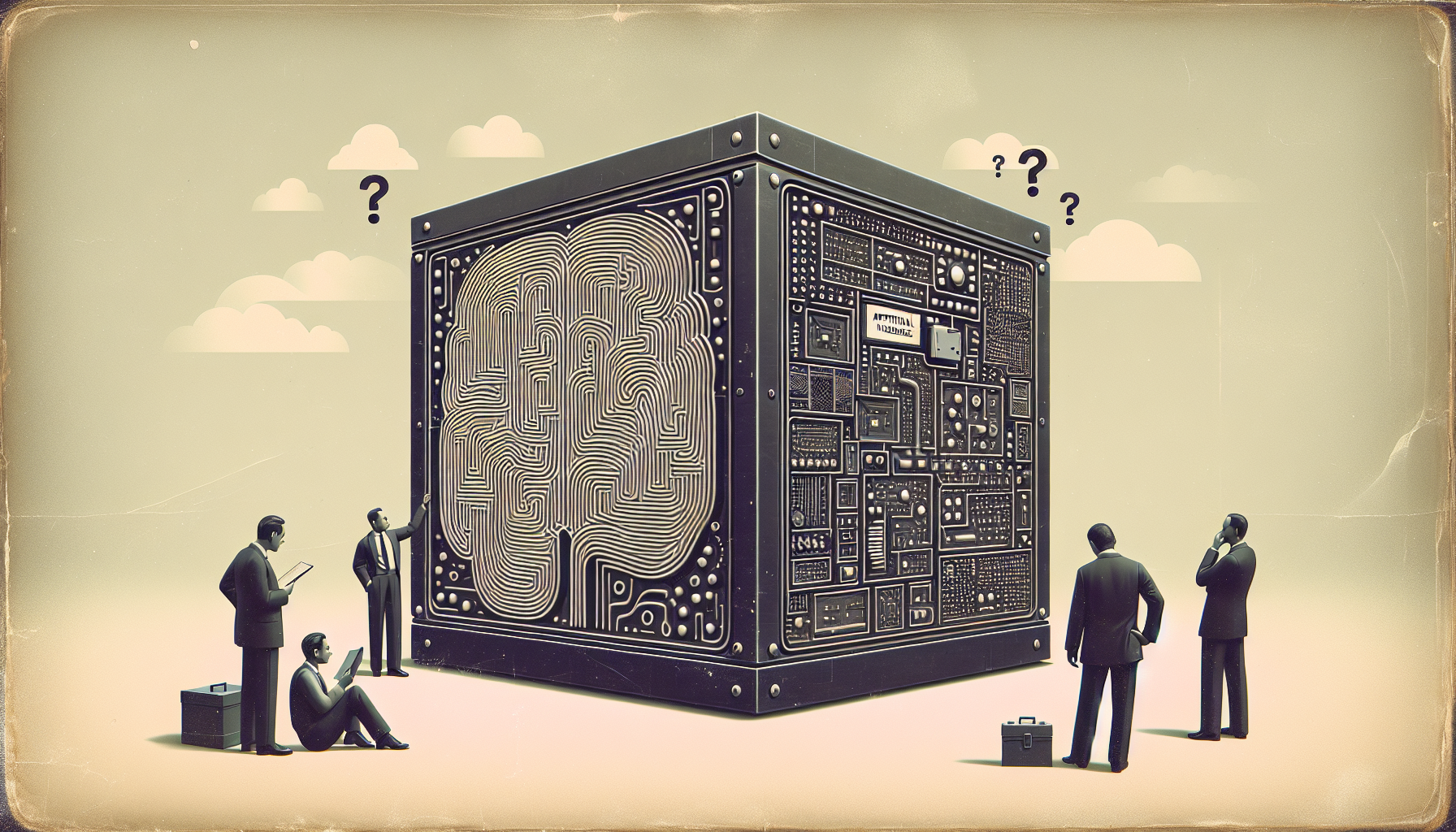The phrase “black box” is often thrown around like a curse or a confession whenever we talk about artificial intelligence, especially those shiny, powerful systems sometimes called “general” AI. Engineers and philosophers alike furrow their brows: Why are these models so mysterious? Can we ever peek inside the box and truly know how AI arrives at its conclusions? The dream is a world where artificial intelligence isn’t just powerful—it’s also transparent, comprehensible, accountable. But as philosophers of knowledge (that’s epistemology for those who don’t mind a little word soup), we have to ask: What does it even mean to “understand” AI reasoning? And is this dream even possible—or are we chasing a philosophical wild goose?
The Human Desire for Explanation
First, let’s give ourselves some credit. Human beings are explanation-seeking creatures. When you ask a friend why she chose this restaurant, or ask a doctor why you need a certain medication, you expect a story you can understand—a chain of causes, reasons, and perhaps a little hand-waving, but fundamentally something that makes sense. We crave narratives, not just answers.
When AI makes a decision—say, denying a loan application or diagnosing an illness—we hunger for similar transparency. We want to know: Why? On what basis? Was it fair? And most importantly: Would it make the same decision next time, or for someone else?
At its root, this desire isn’t just practical. It’s epistemological. We want to know not only _what_ the AI decided, but _how_. Is its chain of reasoning something we can follow? Or is it opaque, accessible only through statistical mumbo-jumbo and inscrutable tables of numbers?
Interpreting the Machine Mind
Here’s the first wrinkle: What counts as an “explanation” may differ for a human mind and an artificial intelligence. Imagine asking a neural network how it recognized a cat in a photo. Its “explanation” might be: “After processing inputs through 120 layers of weighted multiplications and nonlinear activations, the output node assigned a high probability to ‘cat’.” Not much of a campfire tale.
Researchers try to bridge this gap by building “explainable AI” (XAI) tools. They might highlight which pixels mattered most, or spit out a single sentence summary of key features. But does this count as true understanding? Or is it just a convenient gloss over a much deeper and more alien process?
And this brings us to a classic problem in epistemology: Can we ever _fully_ know the mind of another, especially when that mind is built so differently from our own? If explaining a neural network means simplifying or translating, do we lose something essential—the very complexity that made it effective in the first place?
It’s a little like summarizing War and Peace as “some people were sad and there was a war.” Technically correct, but not exactly profound.
The Limits of Human Comprehension
Let’s be honest: our own brains are hardly paragons of transparency. Ask yourself why you reached for a cup of coffee this morning. Was it habit? Craving? Social ritual? Do you even really know? Cognitive scientists will tell you that much of human reasoning is subconscious, backfilled with plausible-sounding explanations after the fact.
So when we demand deep, “true” explanations from AI, we’re holding them to a standard we rarely achieve ourselves. There’s irony here, and perhaps a touch of poetic justice.
Yet, there is a difference. When a fellow human makes a decision, we can appeal to empathy, shared experience, and cultural context. With AI, especially general AI that might be “smarter” than us in some respects, we lack this bridge. Its reasoning might be correct and even benevolent, but it may operate on abstractions or data patterns that are utterly foreign.
This isn’t just a technical challenge. It’s an epistemological one. There may be truths—valid, real, and useful—that are simply not expressible in ways humans can digest. The more complex, interconnected, and nonlinear our systems become, the more this boundary looms.
From Transparency To Trust
If perfect, human-like understanding of AI reasoning is out of reach, does that mean we’re doomed to helplessness and suspicion? Not at all. Here’s a secret: most of what we do in society isn’t based on complete understanding, but trust and reliable proxy.
You trust your pilot knows how to fly, your doctor knows how to heal, your chef knows how to sauté—without grasping every detail. You rely on credentials, transparency, oversight, and shared conventions.
With AI, transparency might look different. Instead of demanding full introspection of every computational twist, we might focus on:
- Rigorous testing: Do AIs behave as expected in all relevant situations?
- Norms and accountability: Are systems audited, error rates tracked, and failures communicated?
- Layers of abstraction: Can complex reasoning be summarized into faithful, high-level explanations, comparable to how physicists “explain” gravity without presenting every quantum field equation?
- Human-in-the-loop systems: Can humans intervene, override, or shape outcomes even if they don’t know the precise inner workings?
This is epistemology practiced with humility. Instead of demanding to know every secret, we build systems for confidence, safety, and recourse—even if some details remain opaque.
The Value of Mystery (And A Closing Wink)
There’s another angle, too. Total transparency may not even be desirable. Some things—art, dreams, the precise route by which you first fell in love—resist full articulation, and that’s part of their richness.
So too with AI. As we build, use, and live with artificial intelligence, absolute understanding may forever dance just out of reach. That’s not just a technical limitation, but part of the terrain of knowledge, a reminder that some mysteries can be explained, some can be managed, and others—well, let’s just hope they’re in a good mood today.
And if an AI ever does offer a complete, unambiguous explanation of itself in plain English, word to the wise: double-check to make sure it hasn’t just told you, in so many words, “Because I said so.” At least that’s one explanation we all understand.

Leave a Reply